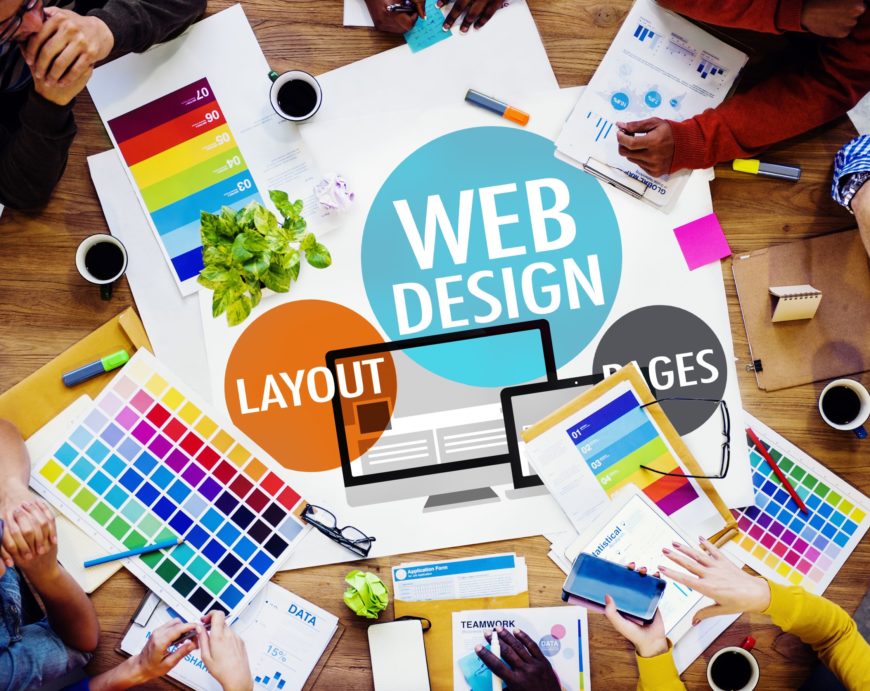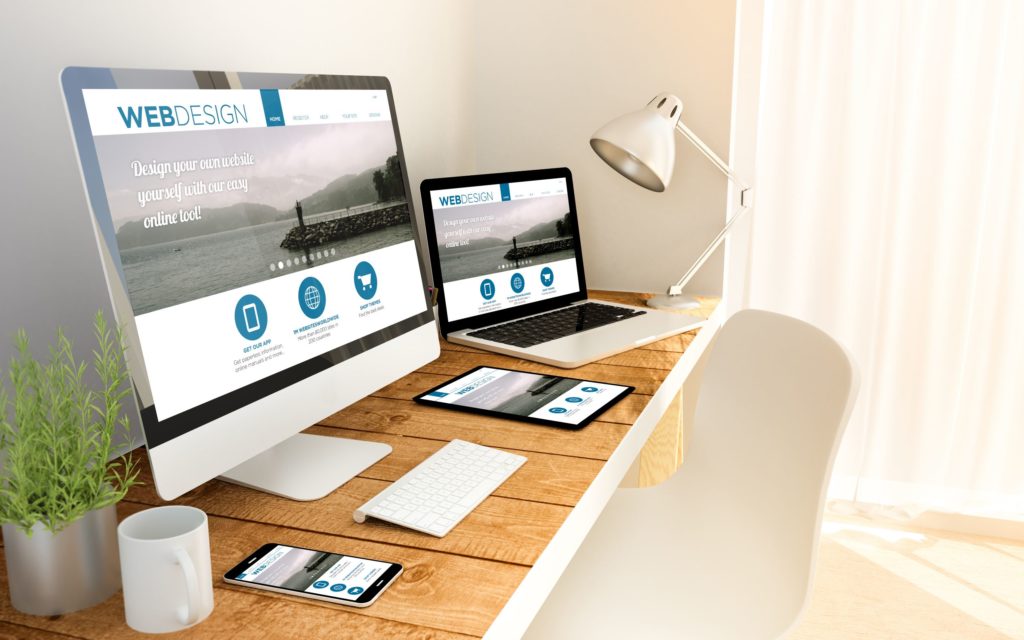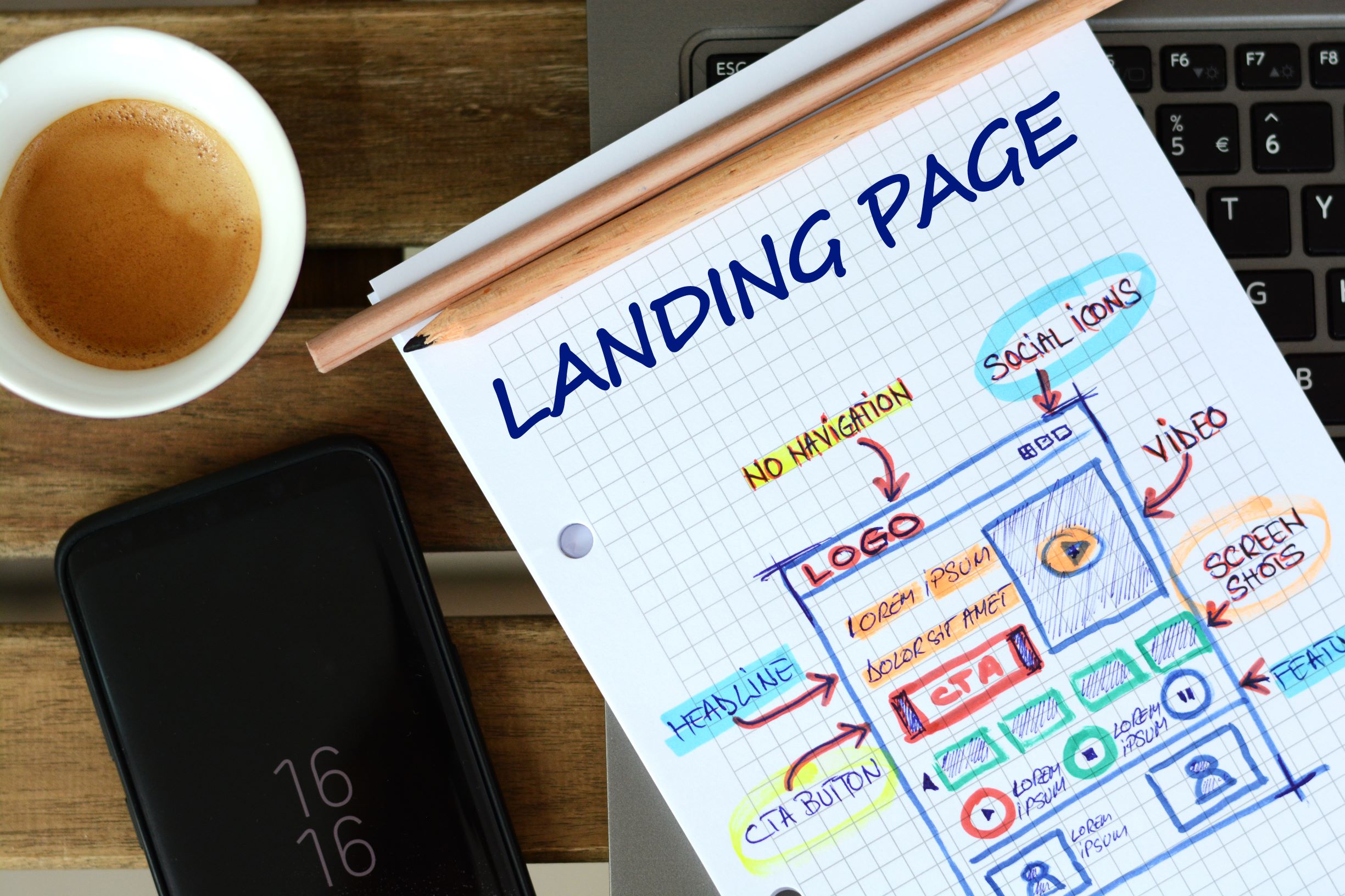
8 Industry Terms to Know Going into a Design Project
Successful website projects depend on great communication between web design teams and their clients, but our industry’s technical jargon can be confusing and handicap the design and development process. Before you build or redesign your website with a professional design team, learn the lingo! Let’s take a look at eight essential terms that will help you understand your project and make informed decisions.
1. Responsive Design
Modern audiences view websites on a variety of devices and screen sizes. Responsive design allows for your site’s layout to remain flexible across all of them, including desktops, tablets, and mobile devices. This critical element of web design allows your site to:
- Provide a comfortable user experience (UX)
- Adhere to mobile-friendly standards
- Easily look its best on any device
- Increase its search engine rankings
2. Content Management System
A content management system (CMS) is software that designers use to help create and modify digital content across your website. There are several different types of CMS options available, and your design team will be able to help you select the best one for your site’s goals and overall UX.
3. PlugIns
Plugins are components of software that help make certain features of your website unique. Developers make plugins for websites to extend its functionality easily without a lot of expensive coding. Plugins are typically free or at a cost much less than developing site functions from scratch.
4. Landing Pages
Most search results (paid and organic) lead to landing pages. Landing pages are essential in the creative process because they give designers and writers the best chances of targeting a specific audience and creating great leads upon your site’s launch.
5. Visual Hierarchy
Your site’s visual hierarchy is in reference to how design elements are arranged on its pages. Through font size, color, and visual effects, your site’s hierarchy should successfully display the aspects of your website that are most important to its target audience.
6. Below the Fold
Newspapers are almost extinct, but they’ve passed along a few important terms to the Internet. For websites, “below the fold” means content that’s only visible by scrolling down to see it. The goal is to keep visitors engaged enough with your content “above the fold” that they want to scroll down and read what’s below the fold. Pay attention to the visual hierarchy and focal points of your site—otherwise, users may never see important information below the fold.
7. Breadcrumbs
Breadcrumbs in web design are links that help users keep track of their journey on your website. You never want visitors to get lost; breadcrumbs allow your guests to easily understand the structure of your site and go back to where they’ve previously been with the quick click of a link.
By letting visitors find pages quickly, breadcrumbs encourage positive engagement with your website, give users the information they need, and result in more leads and sales.
8. Front-End/Back-End
Your entire site is centered around its front-end and back-end elements. Both ends of your site will have to be created and optimized to ensure your site’s maximum performance.
The front-end of your site includes everything that your visitors can see. From images to written content, it’s all out on display for engagement.
The back-end of your site is literally the behind-the-scenes inner workings that include your site’s:
- CMS dashboards
- Applications
- General structure
Trouble Navigating Your Next Redesign? Big D Creative can Help!
Don’t let web design jargon scare you away from improving your online presence. Big D Creative is a web design company that has worked with clients from several different industries. Regardless of our clients’ expertise, we make sure to speak the same language and help them stay informed and comfortable throughout the process.
We’re ready to meet you and start creating the site of your dreams. Contact us today to schedule a free consultation.


